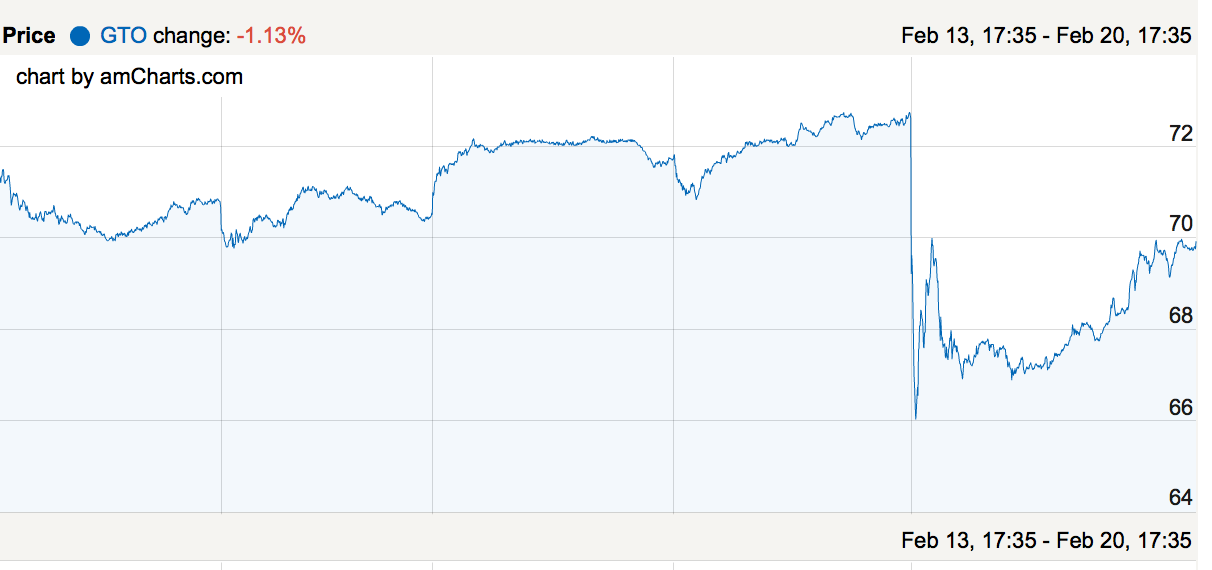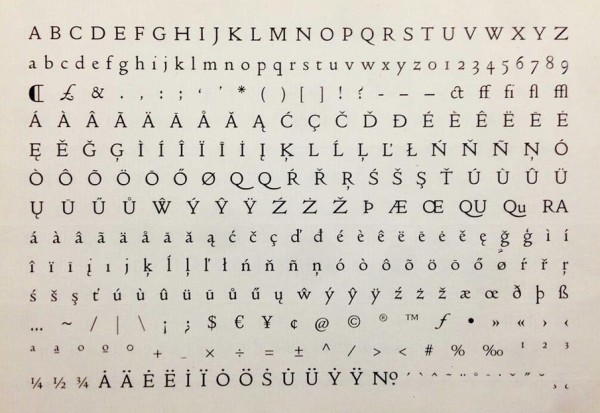Soon after wifi became popular and widespread, I realised that I got a great deal more out of conferences and talks when I wasn’t using it! Quite apart from the respect due to the speaker, who has probably put a lot of effort into the speech they must now deliver to your laptop lid, there’s not much point in going into talks if you’re not going even to try to listen! If this doesn’t seem like a convincing argument, you probably don’t pay for such trips out of your own pocket!
I believe there should be a general policy that social areas outside conference rooms might have connectivity, but it should be unavailable in the meeting room itself. Or switched off for the duration of the talks. We like to believe that we can multitask effectively, but all the research shows that we really can’t.
My tip for the week, by the way — note how I’m distracting you in mid-flow — is to quit your email program completely when you’re not using it. I try to check my email morning, noon, and night, but that’s it, and I shut down my mail app in between, unless I really have nothing else I should be doing. If I finish an afternoon thinking, “I got quite a lot done today”, it’s almost always because I haven’t been distracted by my inbox. Email is not instant messaging: if someone needs a reply from you in less than 24 hours, they’re using the wrong medium.
Anyway, Clay Shirky has also been insisting on ‘no devices’ in his seminars at NYU, and he explains why in this excellent article. Extract:
This is all just the research on multi-tasking as a stable mental phenomenon. Laptops, tablets and phones””Š–“”Šthe devices on which the struggle between focus and distraction is played out daily””Š–“”Šare making the problem progressively worse. Any designer of software as a service has an incentive to be as ingratiating as they can be, in order to compete with other such services. “”Look what a good job I’m doing! Look how much value I’m delivering!””
This problem is especially acute with social media, because on top of the general incentive for any service to be verbose about its value, social information is immediately and emotionally engaging. Both the form and the content of a Facebook update are almost irresistibly distracting, especially compared with the hard slog of coursework. (“”Your former lover tagged a photo you are in”” vs. “”The Crimean War was the first conflict significantly affected by use of the telegraph.”” Spot the difference?)
Worse, the designers of operating systems have every incentive to be arms dealers to the social media firms. Beeps and pings and pop-ups and icons, contemporary interfaces provide an extraordinary array of attention-getting devices, emphasis on “”getting.”” Humans are incapable of ignoring surprising new information in our visual field, an effect that is strongest when the visual cue is slightly above and beside the area we’re focusing on. (Does that sound like the upper-right corner of a screen near you?)
Of course, in due course, our cranial implants will have their own 6G connections, and then all hope is lost. But we won’t need to go to lectures or conferences then, so perhaps it won’t matter. In the meantime…





 If you knew, or cared, anything about the way your mobile phone communicates with the mobile network, you may have believed that your calls were secure and private, at least as far as the core of your provider’s network. They should be, too, if you’re on a 3G or 4G network: the SIM in your phone includes encryption keys known only to it and the mobile provider, and these are used to encode the voice and text traffic so that anyone snooping on the radio signal, or on the backhaul network between the base station and the provider’s headquarters, would not be able to make head or tail of the stream of bytes flowing by. To do so on any scale would need vast amounts of computing power.
If you knew, or cared, anything about the way your mobile phone communicates with the mobile network, you may have believed that your calls were secure and private, at least as far as the core of your provider’s network. They should be, too, if you’re on a 3G or 4G network: the SIM in your phone includes encryption keys known only to it and the mobile provider, and these are used to encode the voice and text traffic so that anyone snooping on the radio signal, or on the backhaul network between the base station and the provider’s headquarters, would not be able to make head or tail of the stream of bytes flowing by. To do so on any scale would need vast amounts of computing power.





Recent Comments